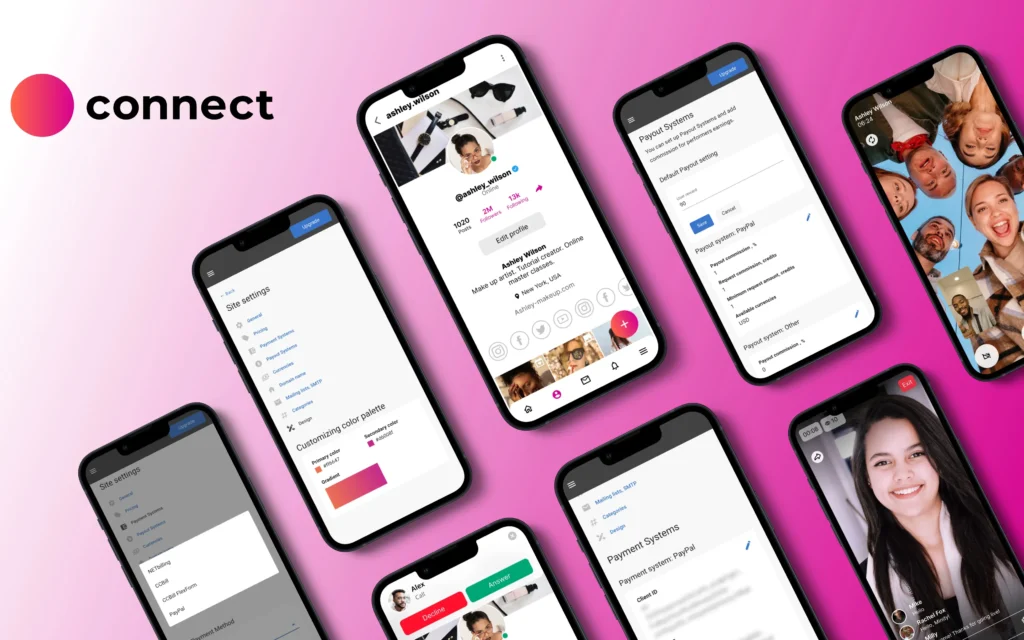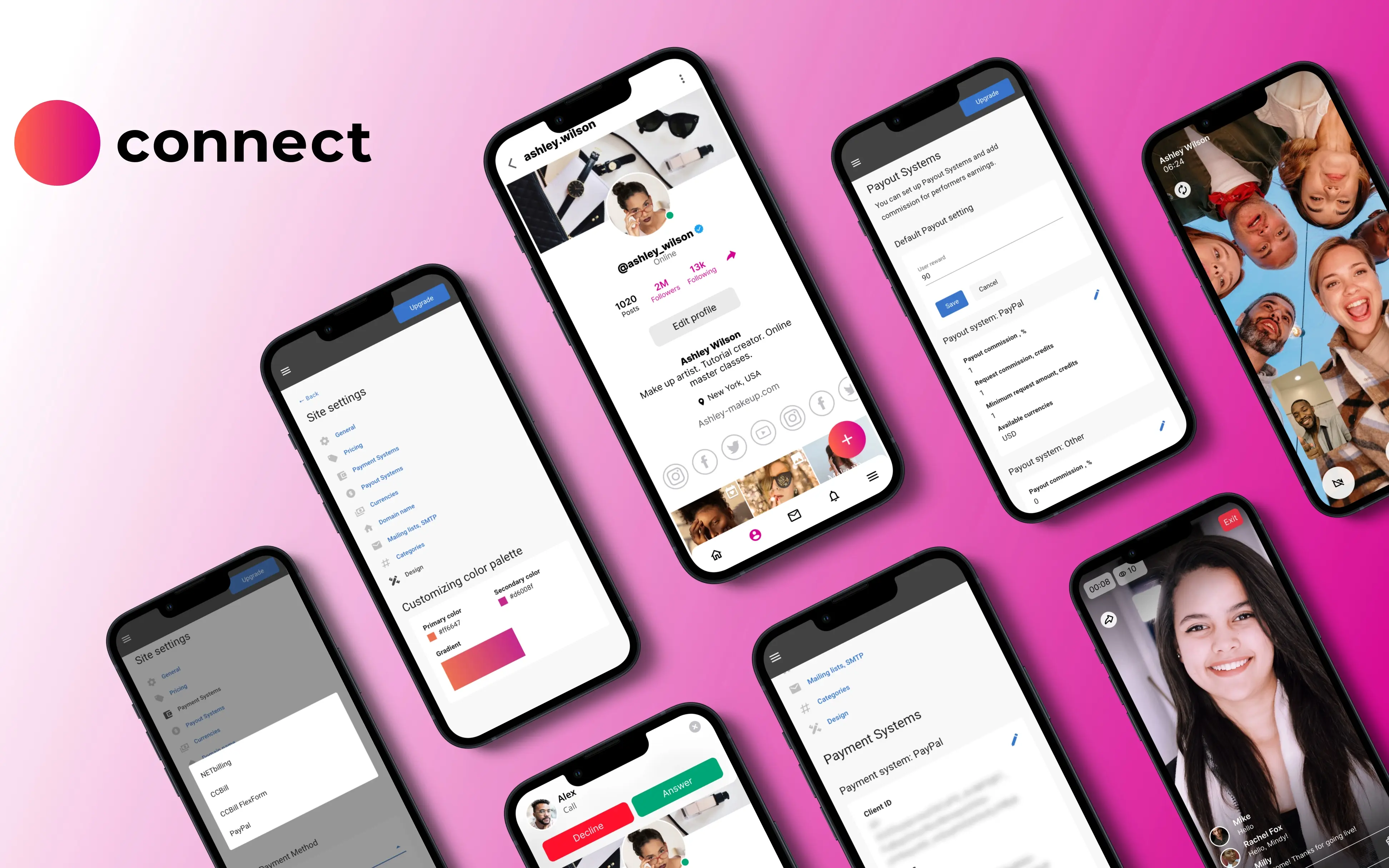How to Create an Online Workshop in 2025?
Find out how you can create an online workshop in 2025 with this step-by-step guide. You’ll learn everything you need to build a business workshop, from testing demand to upselling and platform selection.

how to create an online workshop
Introduction: Why Online Workshops Are Booming in 2025
So, you’ve been thinking about how to create an online workshop that generates income? You are not alone. The growth of digital learning experiences has skyrocketed recently. People are no longer waiting for in-person events or traveling across the country to learn about training. They want knowledge to be delivered to their laptops and in fun, interactive ways whenever they want. Moreover, online workshops have a potential benefit over courses because they have live energy and flexibility at the same time.
If you are considering how to start a workshop business, the timing is absolutely perfect. There are more professionals, entrepreneurs, and even hobbyists who are looking to leverage their skills and make money doing it. Plus, online tools have never been more accessible, meaning that you do not need a large team and a huge budget to get started. In this guide, we are going to take you step-by-step and cover everything you need to know to successfully design, sell, and scale workshops online in 2025.
Demand Testing: Validate Before You Build

Before you start creating slides, booking speakers, or planning your sessions, let’s take a moment here. The first step in learning how to create an online workshop that someone will buy is pretty simple: test demand.
In fact, a lot of creators skip this step. They do all the work to put together a shiny workshop, only to have no one buy tickets. And it’s not that their content isn’t valuable—it is. They just didn’t verify that their audience wanted it in this format or at this time. Testing demand will save you from that terrible feeling.
Why Does Demand Testing Matter?
How does it feel to work for several weeks to prepare a workshop and then only sell a few tickets? Really frustrating, right? Validating demand at the beginning of your process lets you invest time and energy with confidence, knowing there are people who want to join your offer. Think of it as insurance for your investment in time and energy.
Methods to Test Demand
- Surveys/polls. Consider asking your followers or mailing list subscribers what topic they would pay to learn about.
- Pre-selling. Create a simple landing page featuring the outline and offer some early-bird pricing. If they buy, you can assess that you are on the right track.
- Social media signals. Post a couple of ideas for workshops and see what responses you get.
- Competitor research. Look at starting workshops in your area of interest. If people pay for theirs, they will pay for yours—as long as you add your touch to the topic.
Demand testing doesn’t have to be overly complicated, and frankly, the simpler test is always a better one. Again, the point is that you want to be able to act on something that shows buying intent and not something polite or general like “I like that.”
Crafting Your Workshop Curriculum

Once you’ve confirmed there’s real demand, it’s time to design the learning experience. This is where you figure out how to create a workshop that keeps people engaged, delivers real results, and leaves participants wanting more.
Define a Clear Learning Outcome
Think about this question: What do I want people to walk away with? Learning outcomes should be clear and measurable. For example, instead of saying “understand marketing basics,” instead say, “By the end of this workshop, participants will be able to design a three-step marketing plan.” The more specific the learning outcomes are, the better you can structure your sessions and market those learning outcomes to possible participants.
Structure Your Workshop Flow
A good curriculum will be a mix of content delivered and interactivity. The main lesson is to ensure that you don’t just lecture for hours. Write the material down into bite-sized pieces. For example:
- Module 1. Theory and frameworks.
- Module 2. Practical.
- Module 3. Group discussion and questions.
Try not to lecture for longer than 30-40 minutes. Attention spans and engagement drop rapidly for participants, and shorter timed sections have been much more absorbing for people.
Engage Your Workshop Participants
No one wants to talk for that long; no one wants to listen to that. Use interactive items to keep them engaged: polls, breakout rooms, or short challenges. Have participants apply what they learn in real time while they are in the confines of the workshop so they do not have to think about it later. Making the curriculum a “learn by doing” approach creates a momentum and creates energy that appeals to students and helps to cement the content.
When your curriculum is designed to contain the three aspects of structure, flow, and engagement, you will be much closer to creating a workshop that not only sells but can create real change. That is what will keep people coming back for more.
How to Create an Online Workshop: Tools and Setup

Finally, after you’ve outlined your curriculum, it’s time to dive into the details. Here’s where many creators overanalyze everything, but you really don’t have to have a Hollywood production to know how to run a workshop successfully. You only need the right resources and some planning.
Tools
Your resource kit will shape the participant’s experience. At a minimum, here is what you’ll want:
- Video conferencing platform (Zoom, Google Meet, Microsoft Teams).
- Interactive whiteboards (Miro, MURAL) for brainstorming.
- Planning tools (SessionLab) for agenda and timing.
The key is to choose tools you are comfortable with and participants can easily navigate. If they struggle logging in or navigating your platform, they will check out long before the actual magic happens.
Core Requirements You Can’t Ignore
In addition to platforms, you need to consider important technical features:
- Stable internet connection (preferably wired).
- Clear webcam—no one wants to squint at a blurry feed.
- Good microphone—audio quality lowers engagement faster than anything else.
You might even think of recording the sessions to give access to anything they may want or need to replay later. Available on demand will offer further value, and you may leverage that for future marketing for upcoming workshops.
Hosting Options: Third-Party vs. Your Own Platform
So, hosting your facilitated workshop can happen in one of two ways: on a third-party platform or on your own branded platform. Third-party platforms are easy to engage quickly but do incur fees and incur loss of control. Share it on your own platform, and you have full ownership over your content delivery, pricing strategy, and community—which we will discuss in more depth later.
Marketing Your Workshop Business

It’s true you could have the best content on the planet, but if nobody knows about it, your workshop won’t get off the ground. This is exactly why figuring out how to market your workshop business is equally as valuable and important as developing a sophisticated curriculum or even selecting the right tools. The best part is, now that we have all the electronic channels available to us, there are a million ways to get the word out.
Know Your Audience
The first step in any marketing plan is to determine who your workshop even is for. For example, you can have some audience segments who are focused on targeting busy professionals, creators, or students. Each of these segments has different goals, which are going to shift your message. For instance, a workshop on productivity for freelancers would need to concentrate on saving time and increasing money. At the same time, a workshop on productivity for corporate training may lean into collaboration and more productive time on a team.
Promotion Strategies That Work
| Strategy | How it helps |
| Content marketing | Share tips on blogs, LinkedIn, or YouTube to position yourself as an authority. |
| Email campaigns | Warm up your subscribers with valuable content, then invite them to your workshop. |
| Paid ads | Use Facebook, Instagram, or Google Ads to reach new audiences fast. |
| Partnerships | Collaborate with influencers, niche communities, or other creators to expand your reach. |
Establish Trust and Authority
People buy from people they trust. Show testimonials, success stories, and behind-the-scenes content. We all want to see the smile on your face and hear about your perfect day. Face-to-face interaction is more relatable and trustworthy.
Remember, marketing is not just about filling the seats one time. When you provide value and establish yourself as the authority, your workshop business becomes more than a one-off experience; it becomes a business engine for growth.
Upselling and Building Long-Term Value

Convincing someone to sign up for your workshop is only the first step. If you’re hoping to create a sustainable business model, you need to go deeper than just the first sale. This is where upselling comes in, and it can be the real make-or-break when it comes to learning how to start a workshop business that scales.
Smart Upselling Ideas
After participants finish your first workshop, there will be a large number wanting more and their “next step.” At this point you can offer:
- Advanced workshops that allow them to go deeper on the same or a similar topic.
- One-on-one coaching or consulting to help get them started and refine their initial plans.
- Digital products, such as templates, workbooks, or members-only toolboxes.
These upsells create more income and, more importantly, develop an upsell relationship by providing your audience now with additional opportunities to learn from you.
Membership Programs
If you’re looking for recurring revenue, consider grouping workshops into a membership program. Imagine a monthly membership that includes live workshops, replays, and access to an exclusive community. This way participants stick around longer and you receive predictable revenue.
Why Upselling Works
Upselling and additional revenue don’t just mean extracting as much money as your audience is willing to pay. It is about creating a value ladder with each rung providing more depth, more personalization, and more transformation. That is why your loyal participants will be willing to invest time and time again.
When you become an expert at upselling, your workshop transitions from a one-off initiative to becoming part of an ecosystem of services. It is then that your idea changes from a one-day activity to a full-blown viable business.
How to Create an Online Workshop: From Idea to Launch

So, you’ve conducted demand tests, developed your curriculum, determined tech requirements, and executed your marketing, and you’ve even considered upsells. You are ready for the juicy part—launching. But before you go live, first you need to make the informed decision of where to host your workshop.
Many creators choose to start with third-party tools. They’re convenient, but of course, you give up a lot in terms of high fees, limited control, and placing your brand within a marketplace of others and contributing to some unknown brand story. If you have plans to grow a serious business, relying on one of those options can feel like building your home on rented land.
The best-case scenario is to launch your workshop using your weapon of choice and your own platform. When you have ownership of the space where your workshop lives, you control the end-to-end customer experience and have ownership of your entire workshop experience. You get to dictate all the rules, and you keep one hundred percent of your fees. And you own and develop a community tightly wound into your brand, not someone else’s.
This is where the right platform will make the difference: an easy and integrated solution you can use to manage payments, memberships, and most importantly, where you can host your workshop without the need to hire a full tech team.
Build Your Own Platform for Profitable Online Workshops With Scrile Connect

Scrile Connect is a white-label, all-in-one platform for creating your own branded online destination for workshops, courses, and communities. Instead of providing your services through a third-party platform, you operate everything under your own name, where the audience engages and connects directly with you as opposed to a marketplace interface.
Key Advantages for Workshop Creators
- Simple payments. Sell workshops, subscriptions, and memberships in a seamless way globally, without worrying about complex payment systems. Provide ongoing value with continuous access, fruitful groups, or bundled offers that can expand recurring revenue potential.
- Community tools. Create a private space for your participants to meet, engage, and work together.
- Total ownership. You build the business your way, without being restricted by a third-party platform or hidden costs of service.
If you’re serious about building your expertise into a profit-generating business, don’t delay any longer. Sign up for Scrile Connect and leverage your workshops on your own platform. Your future audience—and your bank account—will thank you.
FAQ: How to Create an Online Workshop

How to build an online workshop?
Creating an online workshop is similar to an in-person process—however, the tools and resources significantly change. Start off by clearly defining your goals: what will participants leave with? Identify your audience so you can create content appropriate for them. Rough out your first ideas and agenda, making sure to keep sessions short and interactive. If you’re working with stakeholders, gathering their input upfront will reduce the amount of rework. Choose a platform, set the date, and invite participants.
How to create an online learning program?
Building an online learning program is considerably larger than a single workshop, yet once you break the process down, it is an easier task to manage. Start with research and creating some preparation steps. You may also want to reach out to any Subject Matter Experts (SMEs) or collaborators to get started—this will help not only to create the course but also to organize the workflow. Then begin mapping out or outlining the start of your course, structuring the modules or topics. Consider using a storyboard or a plan outlining the flow for the course—then use this to create the content based on your preferred platform, whether it is slide decks, scripts, face-to-face, webinars, or recorded webinars. Think about incorporating interactive content, quizzes, and challenges to help engage your learners. Finally, you will finalize your program with audio and video and assessments and then host the program in the delivery platform or bank that will manage streaming and payment management.
How to structure an online course?
The best online courses have a journey-like structure. Each online course should have an introduction, which includes a welcome to the learners, an overview of what they can expect, and an explanation of what their success will look like at the end of the course. Then the course overview can be laid out before you start to get into the actual modules of content. Each module should be relatively bite-sized or engaging and allow for interactive exercises after the module’s content—a poll, a case study or small group work, or maybe even an open-ended question to create discussion—to keep learners engaged. It is also most effective if every module has a recap to reinforce the learning after the interactive exercise. Similarly, at the end of the course, after you have finished each module, you can end the course with a final assessment or project for the learners to complete and an extra resource section for continued learning. Finally, inspire learners to begin using their newfound skills in their daily routines of life.
Read also
| Article | Why it’s worth reading |
|---|---|
| Best Coaching Platforms in 2025: 8 Online Tools | If you’re building or scaling a coaching business, this guide compares platforms so you don’t get stuck on a tool that limits your pricing, formats, or client experience. |
| Best Online Consulting Platforms & Marketplaces | When you want more leads fast, this article shows how to use marketplaces for visibility, and when it makes sense to move clients to your own branded platform. |
| Online Tutoring Tools in 2025: Top Platforms – Scrile | If you work in education, this guide explains which tools fit 1:1 lessons, groups, homework, and progress tracking — so your sessions don’t turn into chaotic Zoom calls. |
| 5 Best Video Membership Platforms in 2025 | Once you have a content library, this article helps you choose platforms for recurring video memberships and courses instead of selling single sessions only. |
